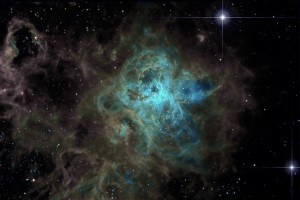Video Resources
Richard Hammar teaches a 3 credit-hour introductory course on Astronomy each Spring semester at Evangel University in Springfield, Missouri USA. Both the video (showing Powerpoint slides) and audio formats are available below. Also available are public lectures Richard Hammar has presented on the intersection of astronomy and religion. Audios are downloadable; videos are viewable on-line only.
Astronomy Course Lectures, Video:
Courtesy of Evangel University, Springfield, MO USA
Astronomy Class – Lecture 1
A Grand Tour of the Heavens Introduction: the “Modern Age of Astronomy”
why study astronomy; size and distance; general revelation; light years and parsecs; constellations; astrology; star names; angular measurement; the age of the universe.
Astronomy Class – Lecture 2
Light, Matter, and Energy
Astronomy Class – Lecture 3
The Structure of the Solar System; Telescopes;
The Clockwork Universe
Astronomy Class – Lecture 5
Lecture 4 continued;
Gravitation and Motion
Tycho Brahe; Johannes Kepler; Kepler’s 3 Laws of Planetary Motion; Isaac Newton; the inverse square law; conservation of angular momentum.
Astronomy Class – Lecture 6
Lecture 5 continued;
The Terrestrial Planets (Mercury, Venus, Earth, and Mars) and Their Moons
Physical characteristics; the origin and types of craters; the formation of the solar system; tides; the Van Allen Belt; aurora borealis; the greenhouse effect.
Astronomy Class – Lecture 7
Lecture 6 continued…
The Jovian Planets (Jupiter, Saturn, Uranus, Neptune) and Their Moons.
Physical characteristics of the Jovian planets and their moons; NASA missions to the Jovian planets; Jupiter’s Great Red Spot; the four “Galilean satellites”; Saturn’s rings; Titan; the discovery of Uranus and Neptune.
Pluto, comets, and space debris.
Astronomy Class – Lecture 8
Astronomy Class – Lecture 9
Astronomy Class – Lecture 10
Lecture 9 continued…
The Death of Stars: Stellar Recycling

